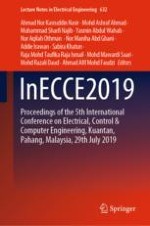2020 | OriginalPaper | Chapter
Effect of Excitation Frequency on Magnetic Response Induced by Front- and Back-Side Slits Measured by a Differential AMR Sensor Probe
Authors : M. A. H. P. Zaini, M. M. Saari, N. A. Nadzri, A. M. Halil, A. J. S. Hanifah, M. Ishak
Published in: InECCE2019
Publisher: Springer Singapore
Activate our intelligent search to find suitable subject content or patents.
Select sections of text to find matching patents with Artificial Intelligence. powered by
Select sections of text to find additional relevant content using AI-assisted search. powered by
